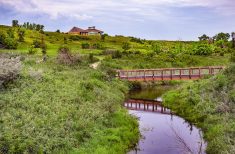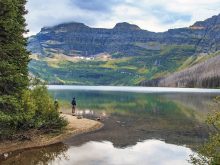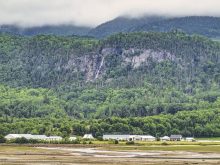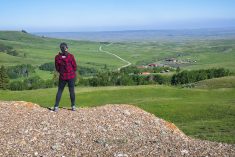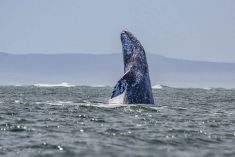Recent rhetoric about the United States taking over Canada reminds us that we have been through this before. Border conflicts that erupted over the years were resolved long ago — except for one.
Last summer we travelled to the site of the last remaining land dispute between the two countries, one that has been going since the War of 1812 when the United States tried unsuccessfully to invade Canada.
Tiny 20-acre Machias Seal Island lies in remote waters where the Bay of Fundy meets the Gulf of Maine. It’s part of New Brunswick, and everything about the island is purely Canadian. It’s staffed by the Canadian Coast Guard, a sign welcomes visitors to a Canadian Migratory Bird Sanctuary and the only flag flying is the Maple Leaf.
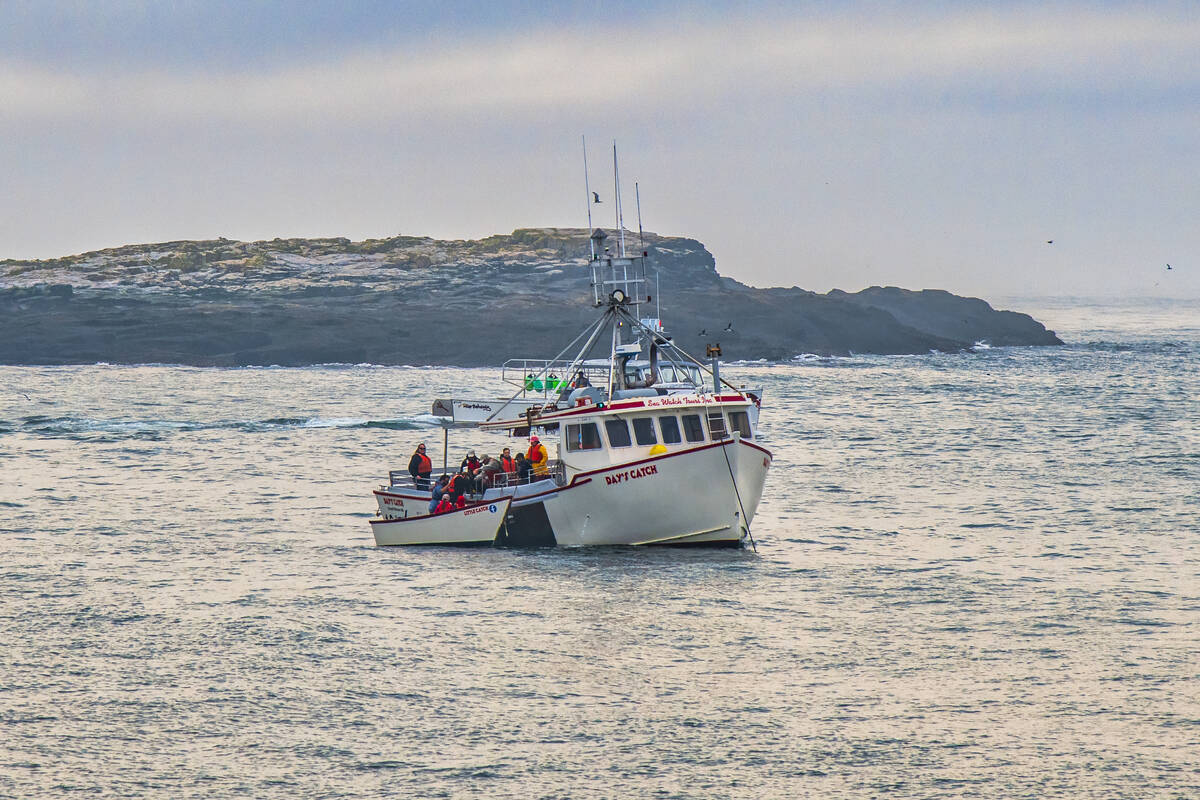
Despite this, the U.S. considers the island part of the state of Maine.
Read Also

Alberta cracks down on trucking industry
Alberta transportation industry receives numerous sanctions and suspensions after crackdown investigation resulting from numerous bridge strikes and concerned calls and letters from concerned citizens
The Treaty of Ghent ended the War of 1812 and re-established borders to their pre-war positions. Both sides claimed that Machias Seal Island was theirs, though for many years this desolate chunk of rock was not considered important enough to fight over.
New Brunswick built a lighthouse here in 1832 and one has been operating ever since.
The island has a population of two – the lighthouse keepers.
While almost all other lighthouses in Canada have been automated, this one continues to be manned, not so much to keep the light burning but to maintain a presence for Canadian sovereignty.
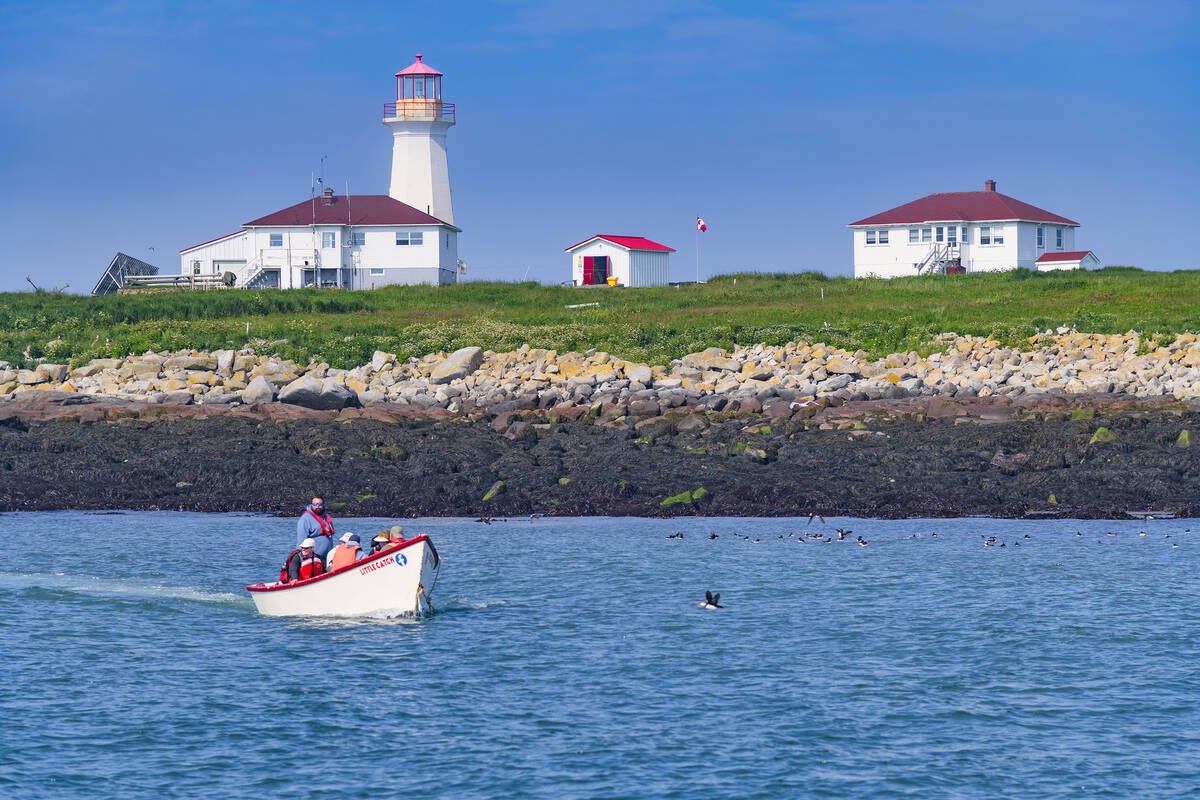
The island’s importance grew with the advent of tourism and the expansion of the lobster fishery.
Both nations have taken an “agree to disagree” position and have an amicable arrangement that has kept conflicts at bay. For example, a small area around the island is known as the Grey Zone, where lobster fishermen from both countries operate.
Something similar happens with tourism, which was the reason for our visit. The island is an important seabird colony and is world-famous for its nesting puffins.
It’s the only place in North America where visitors are allowed to land on a puffin colony and spend time in a viewing blind to watch and photograph these fascinating birds at amazingly close quarters. It ranked among the top wildlife trips we have taken anywhere.
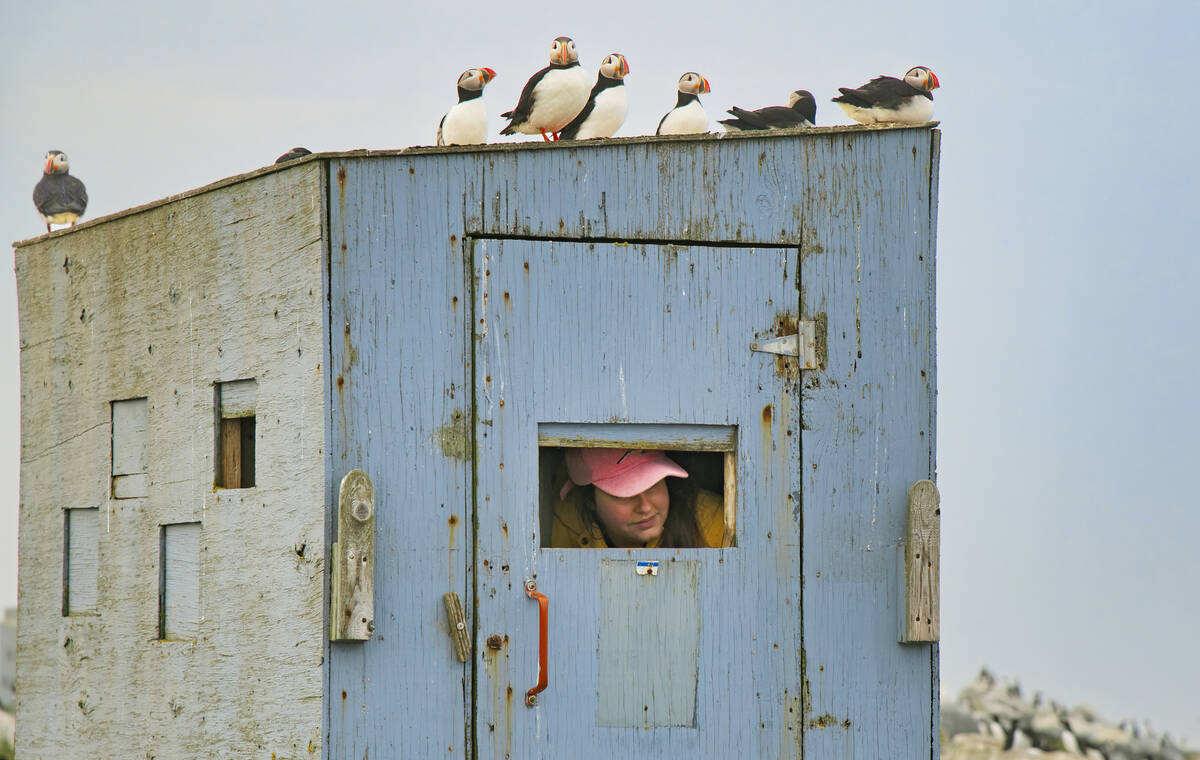
To minimize disturbance to the birds, visits are carefully controlled.
Sea Watch Tours from New Brunswick’s Grand Manan Island operates a trip once per day during the short summer nesting season from late June to late July. Only 15 people per day are allowed on the island, so trips are booked far in advance.
We left Grand Manan in thick fog that stayed with us for most of the 1.5-hour trip. But once we approached the island, the skies cleared. The 45-foot boat anchored offshore and a small skiff transferred us to shore, where we disembarked onto a slippery seaweed-covered ramp.
Getting to the photography blinds was quite an operation.
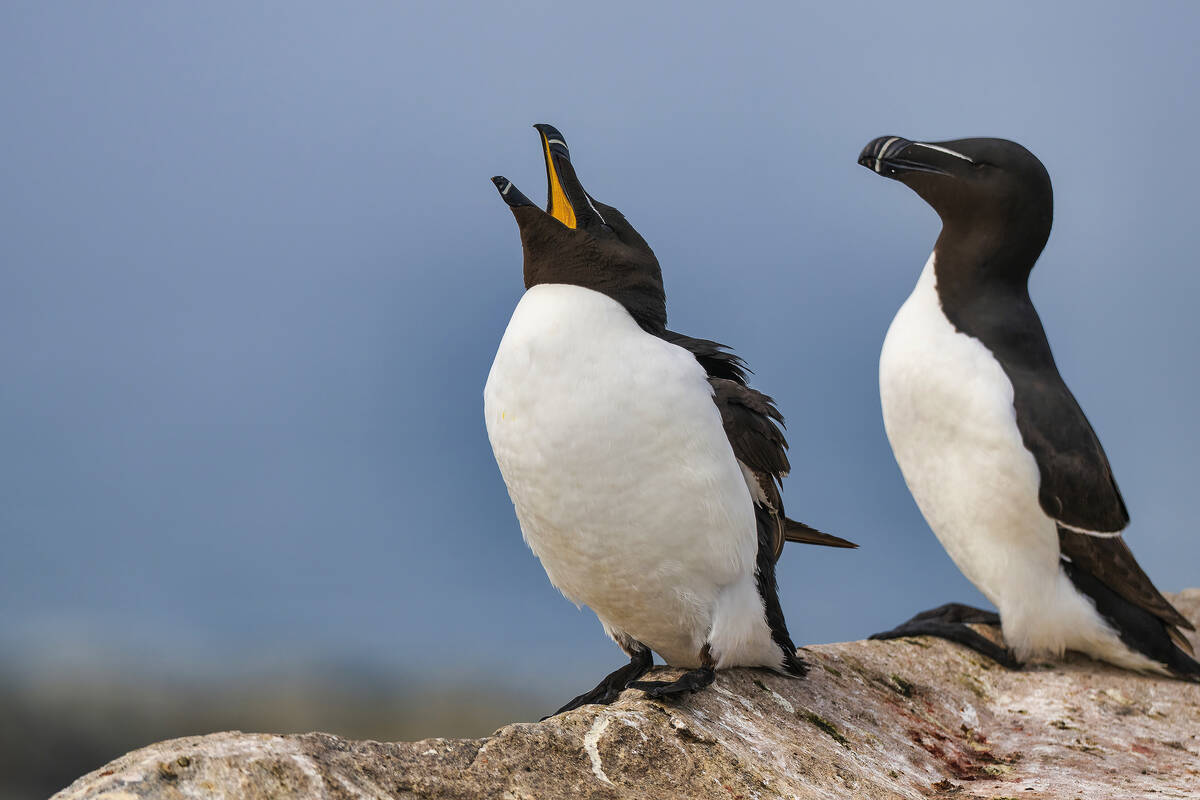
Our guide, Glen, gave us each a stick about a metre long to hold over our heads for protection. The puffins and other seabirds didn’t seem to care that we were there, but arctic terns, on the other hand, can get very upset. The theory is that if they dive-bombed us they would hit the sticks rather than our heads.
We made the short walk to the blinds without incident.
Resembling oversized outhouses, the blinds hold four people standing, with small openings on each side to watch and photograph. We spent a mesmerizing hour amid the bustling nesting colony with thousands of birds all around us.
While there are other species on the island, most notably a huge number of razorbills, it’s puffins that steal the show. Known as “clowns of the sea,” they have an endearing nature with their kaleidoscopic bills and comical dispositions.
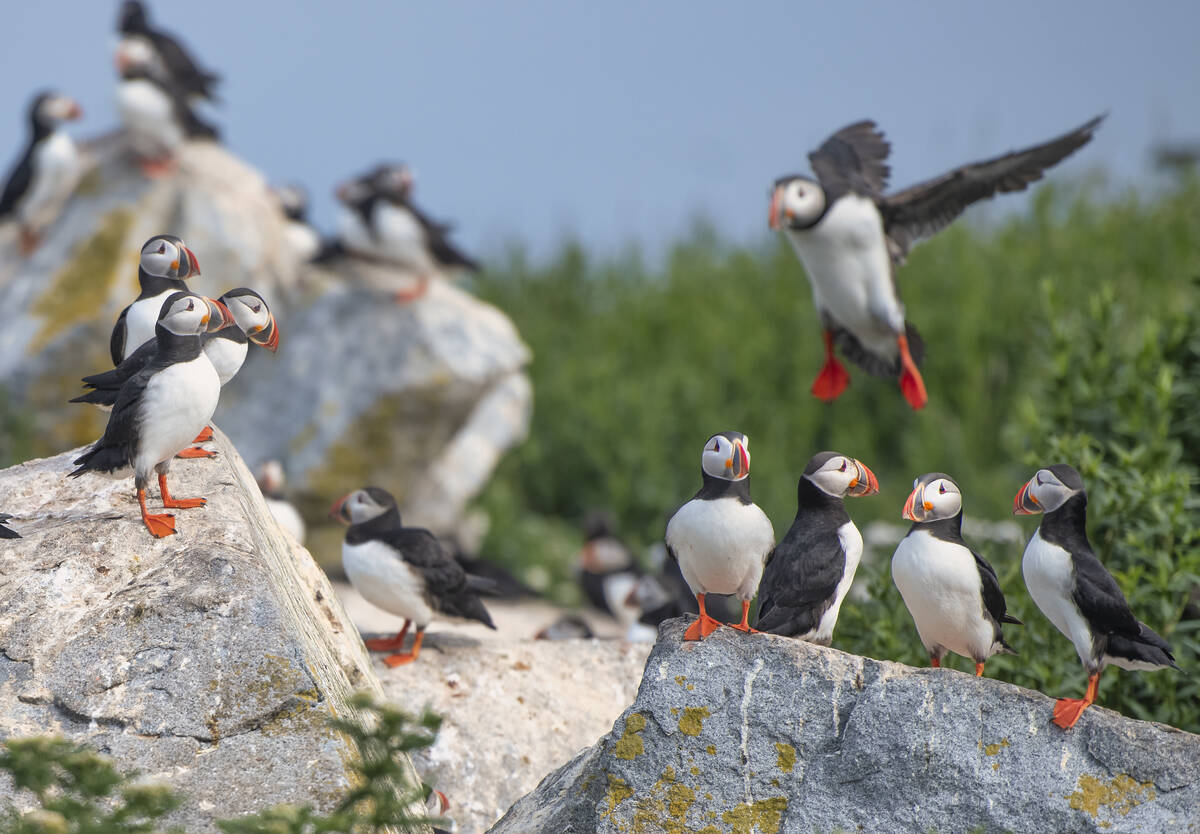
They were constantly scurrying around, heading out to sea to fish, running in and out of their nesting burrows and just hanging out on the rocks.
Some were so close that we could get photos of a puffin’s head where a reflection of the blind and the island’s lighthouse was visible in the bird’s eye. Others seemed to be dancing on the roof of the blind.
As our boat rounded the island to return to Grand Manan, we saw another boat approaching far in the distance.
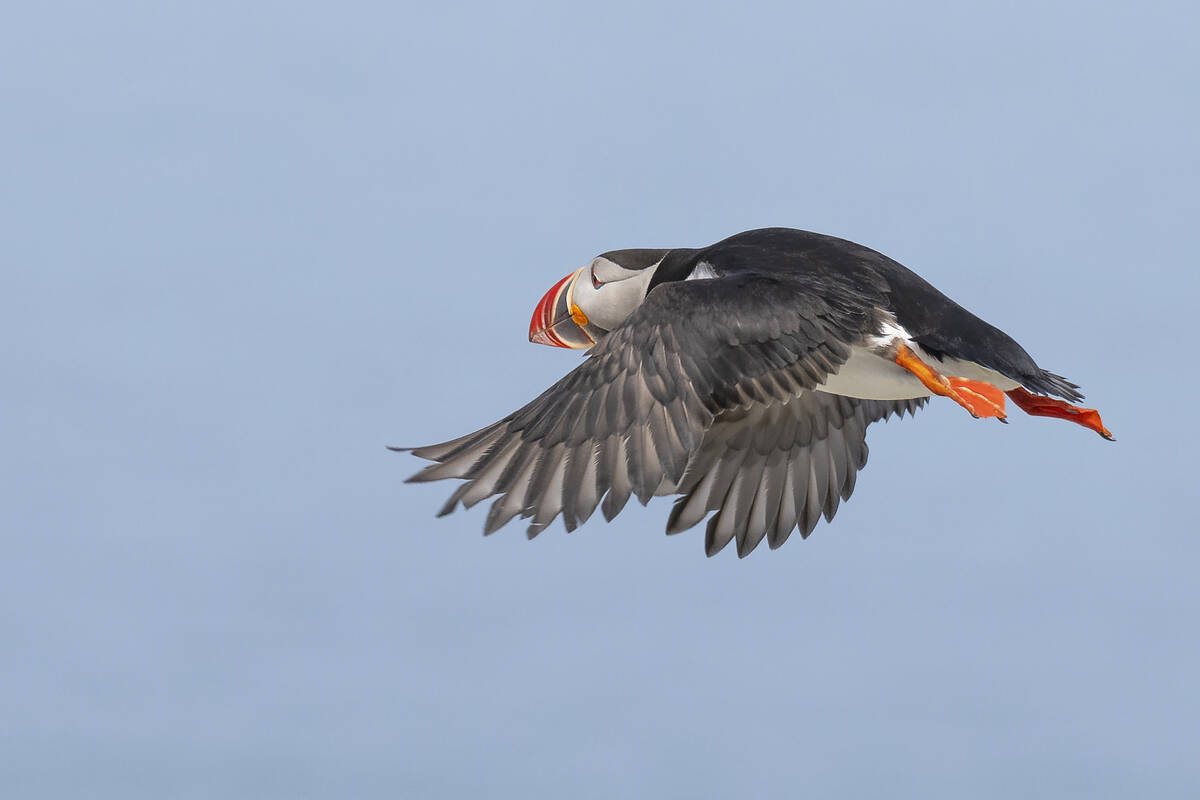
Part of the concession to the disputed nature of the island is that one tour boat per day can also come from Maine. It operates under the same conditions, with only 15 people allowed. Though it comes from the U.S., passengers don’t need passports to land on this Canadian island.
It’s an innovative compromise to an international political quandary that seems to be working — so far.
Arlene and Robin Karpan are well-travelled writers based in Saskatoon. Contact: travel@producer.com.




